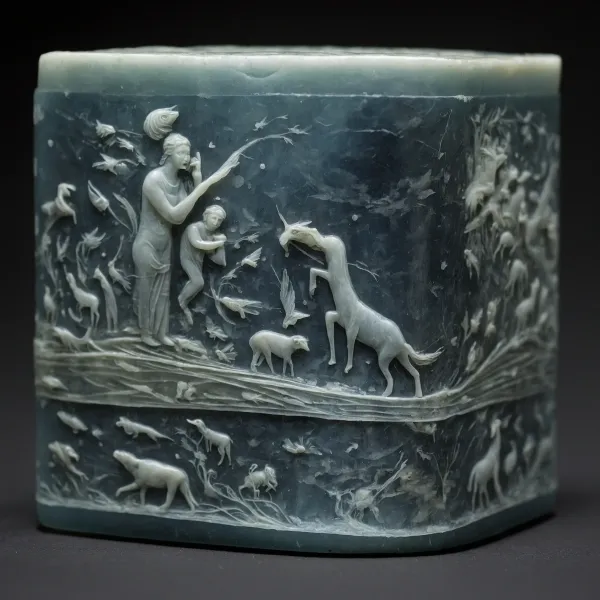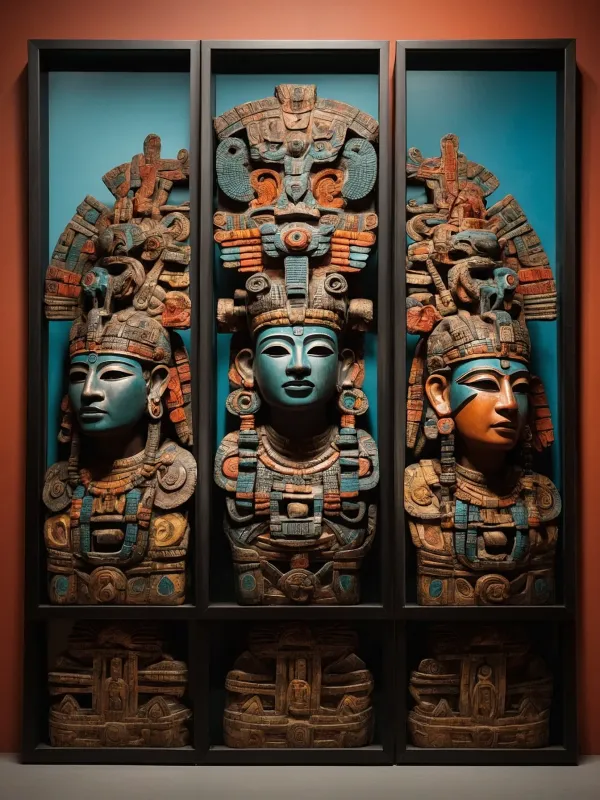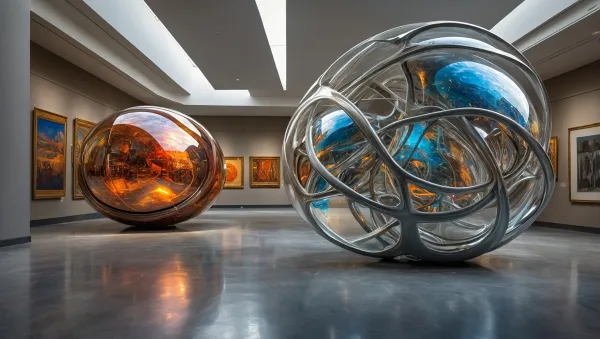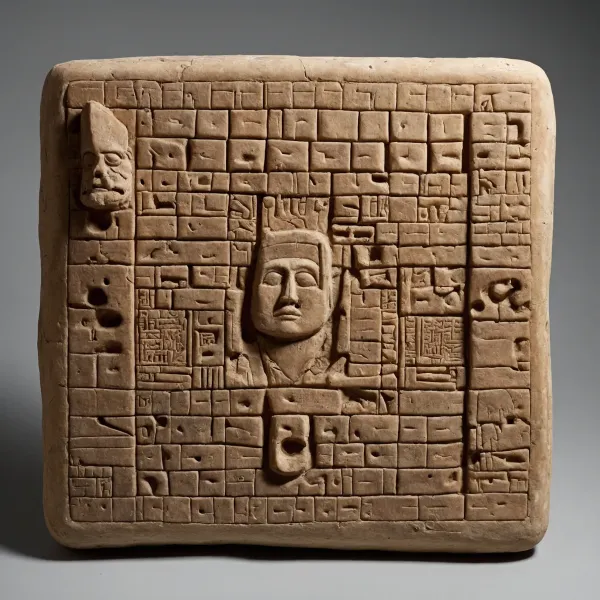The Crimson Bird's Hunger

The Crimson Vessel's midnight black and blood-red lacquer creates a mesmerizing interplay that draws visitors closer, despite their instincts telling them otherwise. Feng Wei-Liang produced this masterwork during his "Red Period," though art historians debate whether this phase represented the peak of his artistry or the beginning of his decline.
The vessel's surface depicts a scarlet bird mid-flight, its wings spread against a flowering branch that seems to possess an unnatural vitality. This piece emerged during China's artistic renaissance, when Feng's work deviated from traditional craftsmanship by introducing elements that his contemporaries found both fascinating and disturbing.
According to Dr. Tamrin Everfield, a specialist in parapsychological artifacts, the vessel "transcends mere decorative art," as it emanates what she describes as "a malevolent awareness that makes even the most rational observer question their sanity."
British collector Theodore Ashworth acquired the vessel in 1892 from a Shanghai merchant who provided an ominous warning about the artifact's peculiar properties. Ashworth's journals documented seventeen instances where the bird depicted on the surface appeared to shift positions between viewings, always facing the direction of imminent death.
Through his research in China's remote provinces, Ashworth discovered Feng's inspiration stemmed from an ancient cult that believed certain vessels could trap and harness death itself.
The collector's final letters grew increasingly erratic. He described hearing wing beats in empty rooms and finding crimson feathers in his tea. His last known words were: "The bird watches always. It hungers. I now understand why Feng took his own life."
After Ashworth's sudden disappearance in 1893, only the vessel remained among his recovered belongings, its surface gleaming as if freshly lacquered. The bird's position had changed once more, facing west—the direction where explorers would later discover Ashworth's remains.
Today, the vessel rests behind reinforced glass in our gallery. Visitors often report an unsettling sensation—a subtle movement at the corner of their vision, as if the painted bird strains against its two-dimensional prison, waiting to take flight once more.
Some things should remain trapped in their vessels, be they made of lacquer, metal, or mind.
- H.C. Ravensfield, personal diary (1894)




